 | ||
| || home ||| units ||||| help | ||
| All Units | > | Unit 1 - Sound | > | Investigation 2 - Making and Hearing Sounds | > | Analysis |
Analysis
-
Your eardrum is a piece of skin
just like a stretched balloon. It vibrates
when sounds reach your ear. Bones that touch
the eardrum carry the vibrations to your
inner ear, when they are detected and
translated into signals to the brain. Run
the movie to watch a sound wave travel to
the inner ear.
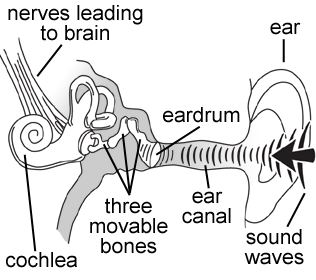

-
What is the loudest sound you ever
heard? Did it hurt your ears?

-
What is the quietest sound you are
able to hear?

-
Cup your ears with your hands and
see if you can hear quiet sounds better.
Based on what you observe, what is the
purpose of your outer ear?
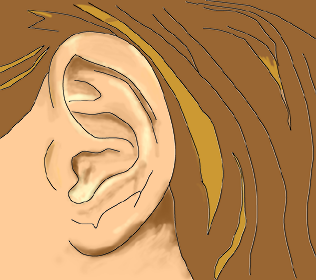

-
A microphone is very much like an ear. Sounds make a surface vibrate, which moves a magnetic coil that produces electrical signals. Here is a diagram.
-
Here is a diagram of a loudspeaker.
It's like an ear working backwards. It
changes electrical signals into sound
vibrations. How does it look like an
eardrum? How does it work like an ear in
reverse?


-
We don't 'pluck' our vocal cords.
What do you think makes them vibrate?

-
Here are diagrams of several musical
instruments. Identify what vibrates to make
the sound. How does the player make it
vibrate? How does the player control the
pitch and the loudness of the sound?

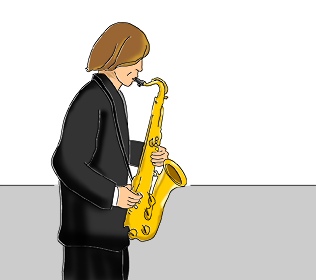
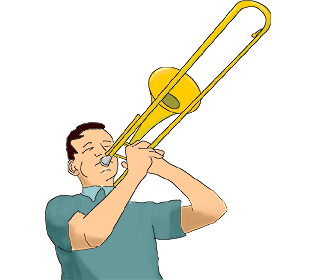
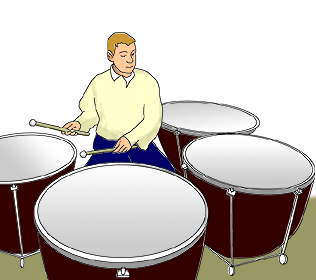
Instrument What vibrates Change loudness by: Change pitch by: Violin 


Saxophone 


Trombone 


Timpani 



 |  |  |
Copyright 2005 The Concord Consortium, All rights reserved.